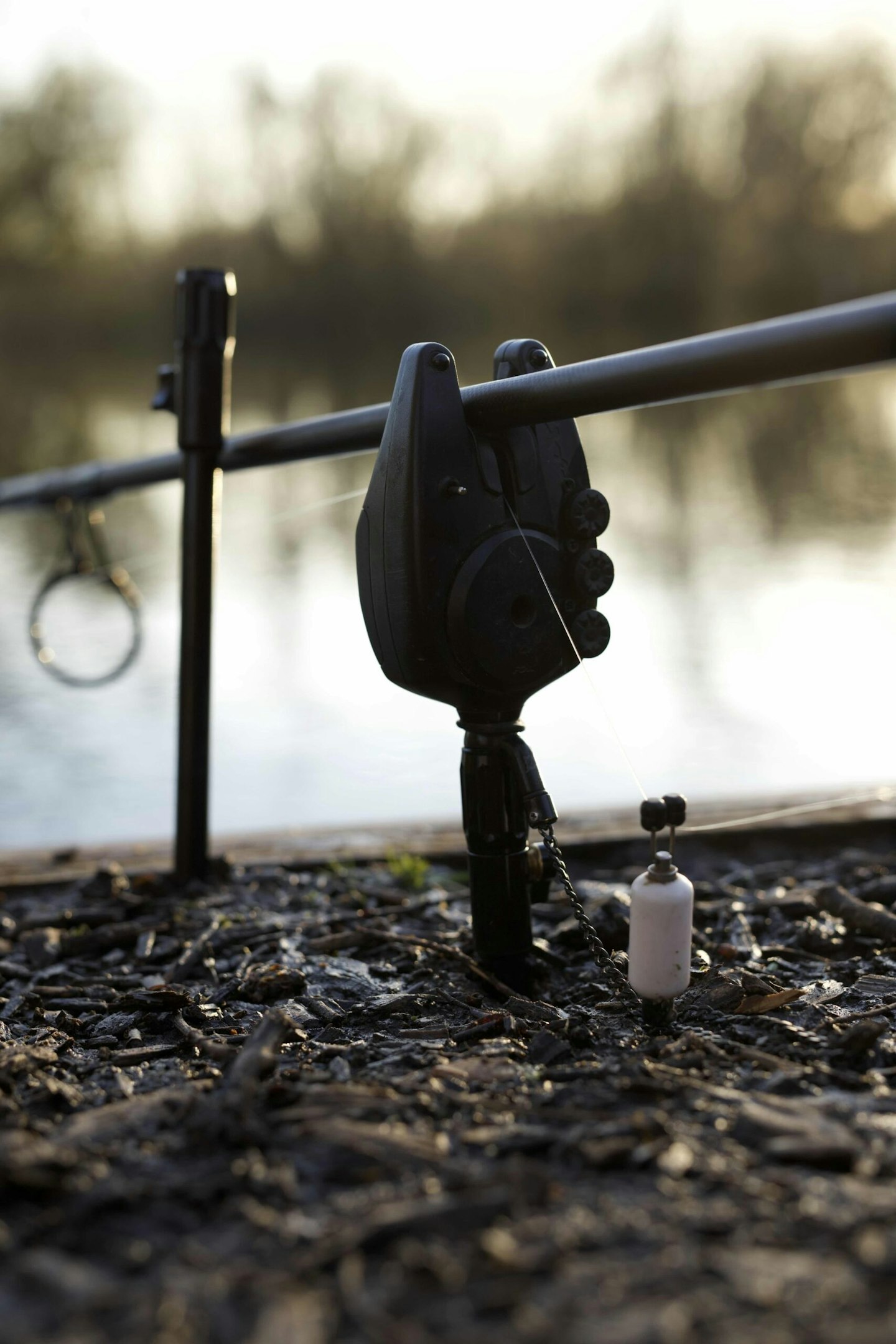Safe and effective snag fishing requires preparation, thought and organisation if you are to do it well. Carp are fast, powerful and able to travel short distances very quickly – for these reasons, snag fishing must be practised sensibly to protect the fish.
Reacting to and controlling a fast-moving carp in the dead of night is difficult for anybody to do well unless they are staying awake and sitting by the rods. For this reason, I very rarely leave the rods by snags during the time I intend to be sleeping, particularly if mosquitoes or bad weather require the door to be down. No matter who you are, it’s simply not possible to react in the time needed to prevent the carp gaining sanctuary.
LOOKING TO CATCH BIG CARP? OUR WHERE TO FISH GUIDE HAS SOME EXCELLENT VENUES TO TRY!

Rod security
Along with the reel’s clutch setting, this is the single most important requirement. High grip, locking back rests are the first necessity; the rod cannot be allowed to travel forwards on the bite. If you don't have any, then you can create a secure set-up by placing the butt ring on the nearside of the alarm but either way, you must make sure the rod can’t move.
Another effective way to stop the rod moving is to place a bivvy peg firmly into the ground just in front of the spool or the reel handle, I often use this as a secondary back-up.
IF YOU'RE NEW TO CARP FISHING, CHECK OUT OUR EXPERT BEGINNERS ARTICLE.

It is essential to fish single sticks – avoid buzz bars and rod pods, neither of which will give you the locked-up security you need. The only viable pod choice is one that is super low to the ground and can be pegged into place.
Set your rods so that they are a few degrees off the direction the hookbait is placed in. Pointing the rod directly at the rig will be too unforgiving, while having the rod at a sharp angle to the rig will provide too much compression, which could give the carp an extra few feet of travel.
Adding snag ears to the alarm, or the use of a bank stick halfway up the blank, (my preference) will stop the rod being pulled from the alarm during the bite.
OUR CARP FISHING RIG GUIDE WILL ENSURE YOU HAVE THE BEST RIGS FOR ANY FISHING SITUATION.

Clutch and bite indication
The most vital aspect of this preparation is to ensure the clutch is set sternly. There is no requirement for a freespool system to be used – all you need is a stiffly-set clutch that refuses to yield line under heavy pressure. I cannot stress enough just how important this single element is.
Having set the clutch properly we are, of course, not going to be getting ‘runs’ in the standard sense, but we do need enough audible indication from the alarm in order to react quickly.
To achieve this, I place the bobbin on a drop of a few inches and set the alarm on high sensitivity. A bite will be a quick burst of volume as the bobbin hits the rod, then everything will lock up and begin to compress.
At this point the best way to gain power over the carp is to slowly walk backwards, leading the fish away from danger. Once it is clear, back the clutch off and play the fish in the normal manner.
YOU DON'T HAVE TO SPEND A FORTUNE ON BITE ALARMS, CHECK OUT OUR BUYER'S GUIDE TO THE BEST BUDGET OPTIONS.

No-nonsense tackle
Naturally, for such a demanding scenario, it’s imperative that our tackle is up to the job. There is zero room for thin lines, and it is important to look at the line’s diameter and not the breaking strain.
Diameter is what will ensure your carp comes to the bank, so do not use anything less than 0.40mm. I’d also strongly recommend a barbless hook as, in the event of a disaster, it gives the carp a fighting chance at getting rid of the end tackle.
Use a leader to protect the line but avoid leadcore – instead opt for a leadless version or a length of tubing. The lead needs to be dropped on the bite, so make sure your chosen set-up is able to do this efficiently.
Once you have a rod in place near snags you must not leave the swim under any circumstances. Ensure you are never more than a few feet away at any time, and be ready to react. If you think you aren't able to fish snags in a responsible manner, then please don't do it! Losing carp is not big or clever – in fact, unless you are able to land at least three out of every four fish hooked, then it is simply not viable.
We have a duty of care to the wonderful carp we fish for, so please do so intelligently and with plenty of thought. This type of fishing is adrenalin-packed, and should not be practised by pregnant women or people with slightly weak hearts!

This page is a free example of the amazing content Angling Times Members get every single week. Becoming an Angling Times Member gives you access to award-winning magazine content, member rewards, our back issue archives, bonus content and more! Join our fishing community and find out more today!
